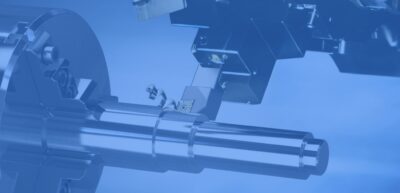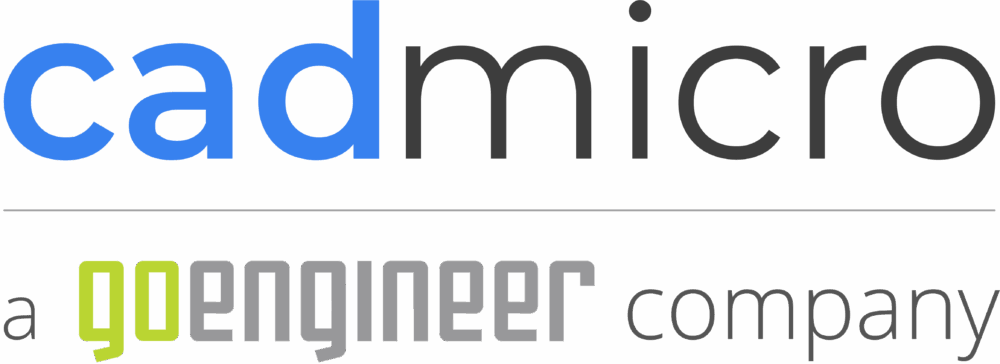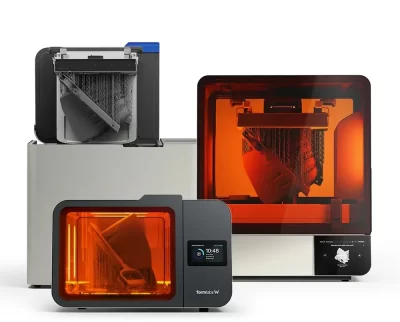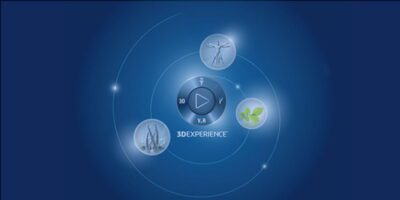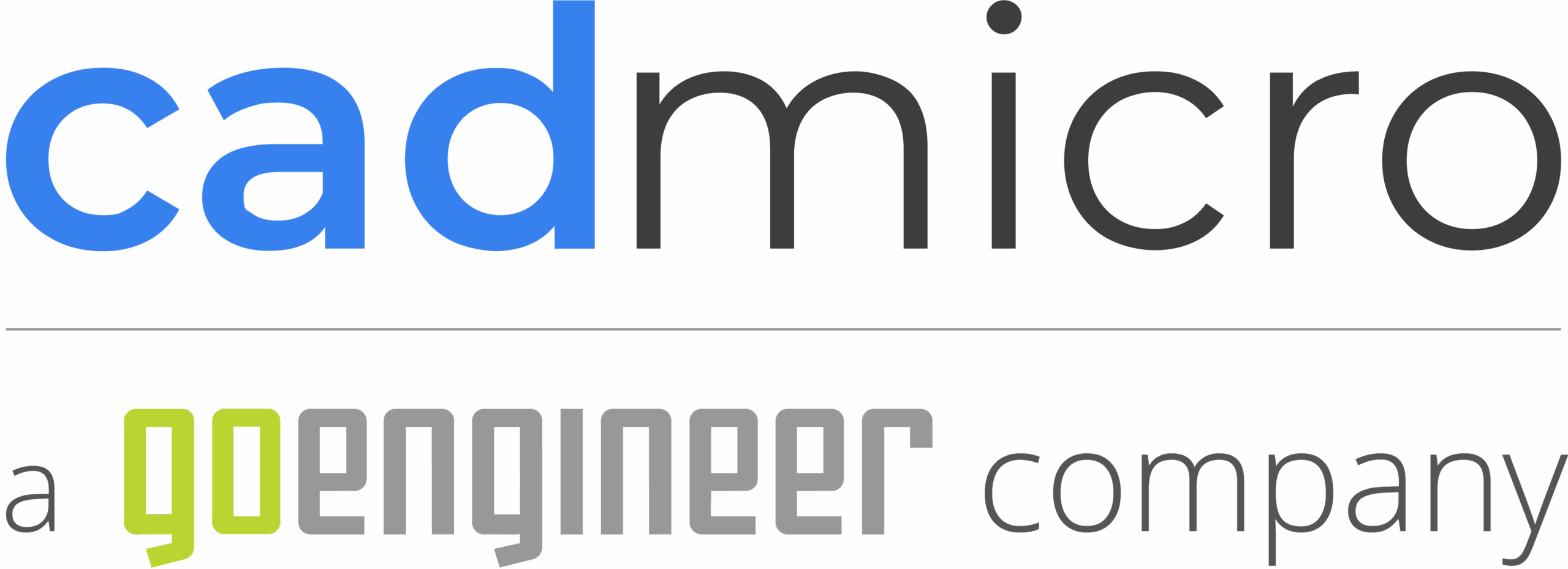Understand Your Needs:
Identify your specific application requirements before considering technical specifications. Ask yourself: “
What do I need 3D scanning for?” and work backward from there. Our team of experts is also here to support you and help you make the best decision for your needs and business.
Environment:
Where you plan to scan affects your choice. Outdoor scanning requires devices that handle lighting variations, humidity, and overheating. Solutions such as the
Artec Ray II are ideal for large-scale outdoor projects.
Ease of Use:
For beginners, ease of use is crucial. Lightweight, versatile, and cable-free scanners like the
Artec Leo and
ZEISS T-SCAN Hawk 2 are easier to handle and set up than wired, target-based scanners. In contrast, wired and target-based scanners often require calibration before use, which can be cumbersome.
Range:
Consider the size of objects you’ll be scanning. Long-range scanners are suitable for large objects, while handheld scanners are better for small, detailed items.
Accuracy:
High accuracy is vital for precise applications like reverse engineering and inspection. Scanners like the
Artec Micro II, capturing details down to 5 microns, are ideal for medical and dental fields. Structured light scanners also excel in capturing texture alongside geometric data.
Resolution:
Resolution refers to the smallest distance between points on an object’s surface that the scanner can capture. This is particularly important for applications like animation, VR, and jewelry, where find details are essential. Blue-light scanners offer high-resolution capabilities suitable for these needs.
Speed:
Speed is key in professional settings. Structured light scanners capture millions of data points per second, enhancing productivity. Faster data capture translates to increased productivity and efficiency, especially in time-sensitive projects.
Software:
The software accompanying the scanner plays a crucial role in processing scan data. Advanced software like
Artec Studio, or
ZEISS Inspect can automate many manual steps, apply sophisticated algorithms, and continuously update with new features. Investing in robust software ensures you get the best results from your scans.
Price:
Cost is a significant factor for many buyers. While professional 3D scanners are more expensive, they offer reliability and advanced features that justify the investment. For example, TT Custom Marine uses the
Artec Leo to renovate boats 4x faster, boosting productivity and revenue. Investing in a professional-grade scanner often pays off in terms of time saved and improved accuracy.
